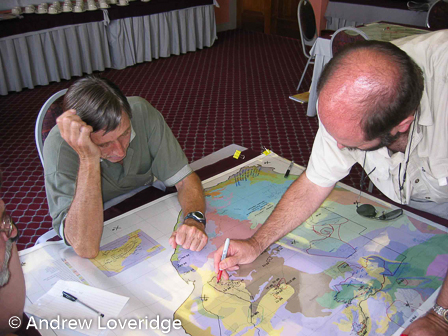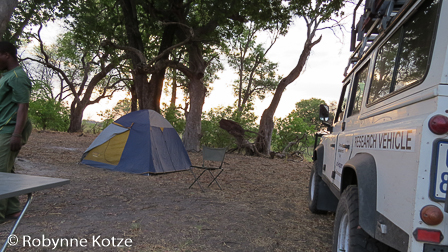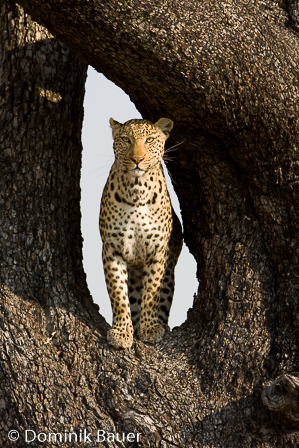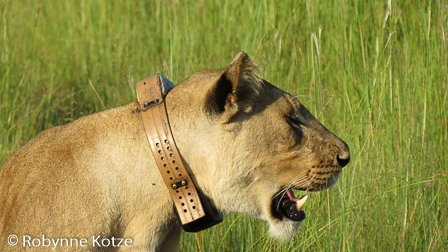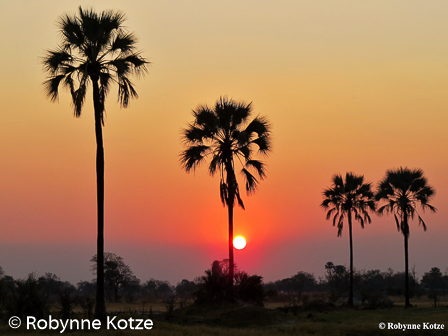Research
Trans-boundary and Landscape Conservation of Lions
Lions and The Trans Kalahari Predator Programme
History and Milestones
Cecil the Lion & WildCRU’s Cecil Summit
Area of Operation
Lion Ecology
Monitoring Populations
Transboundary and Landscape Conservation
Human-Lion Coexistence
Research Methods
The Team
Sponsors & How to Support Us
References
Fragmentation of natural habitat and isolation of populations is one of the biggest challenges faced by conservationists in modern times. It is a particularly damaging process for wild species that range widely, such as African lions. A minimum of 50-100 prides with no limits to dispersal is required to maintain long-term genetic diversity, however, very few remnant populations provide near this number of prides. Dispersal among populations is therefore critical to maintain long-term genetic health and provide demographic rescue of regional lion populations. A small number of lion strong-holds remain, mostly in East and Southern Africa, with the Hwange-Okavango ecosystem in the KAZA TFCA taking centre stage amongst them. However, the degree to which regional lion populations within this landscape are functionally isolated and the factors that may facilitate gene flow between them through dispersal are largely unknown. In the past, limited work has been conducted to identify and assess the importance and vulnerability of the major core populations and the linkages among them across the KAZA landscape. We therefore seek to gain an understanding of the level of habitat connectivity, and hence genetic exchange, between protected areas. Our work is aimed at advising policy in order to promote the long-term viability of one of the last remaining lion strongholds on the African continent.
The KAZA Lion Landscape Connectivity Model
Connectivity models allow the conceptualisation of long-term processes over large spatial scales and test possible land use scenarios through a digital platform to inform future land use management decisions. These biologically informed models allow decision makers to take animal behaviour into account and avoid ad hoc assignments of wildlife connectivity corridors based on subjective preconceptions of what is important. In a cutting edge approach, WildCRU’s Trans-Kalahari Predator Programme has therefore partnered with numerous carnivore conservation projects in the region and Dr. Sam Cushman, a world leader in landscape scale connectivity modelling, to evaluate the extent of landscape connectivity for African lions based on lion behaviour and landscape resistance to lion movement across and beyond the KAZA landscape. Lion movement core areas and linkages between them are being ranked according to their importance in connecting key populations and their predicted viability. In order to sustain connected landscapes for ecologically healthy ecosystems and populations of large dispersing carnivores, such as the African lion, these areas should receive priority consideration in developing regional conservation strategies.
Read more about the KAZA landscape connectivity models and the plans for the models to be developed in Botswana and Zimbabwe.






